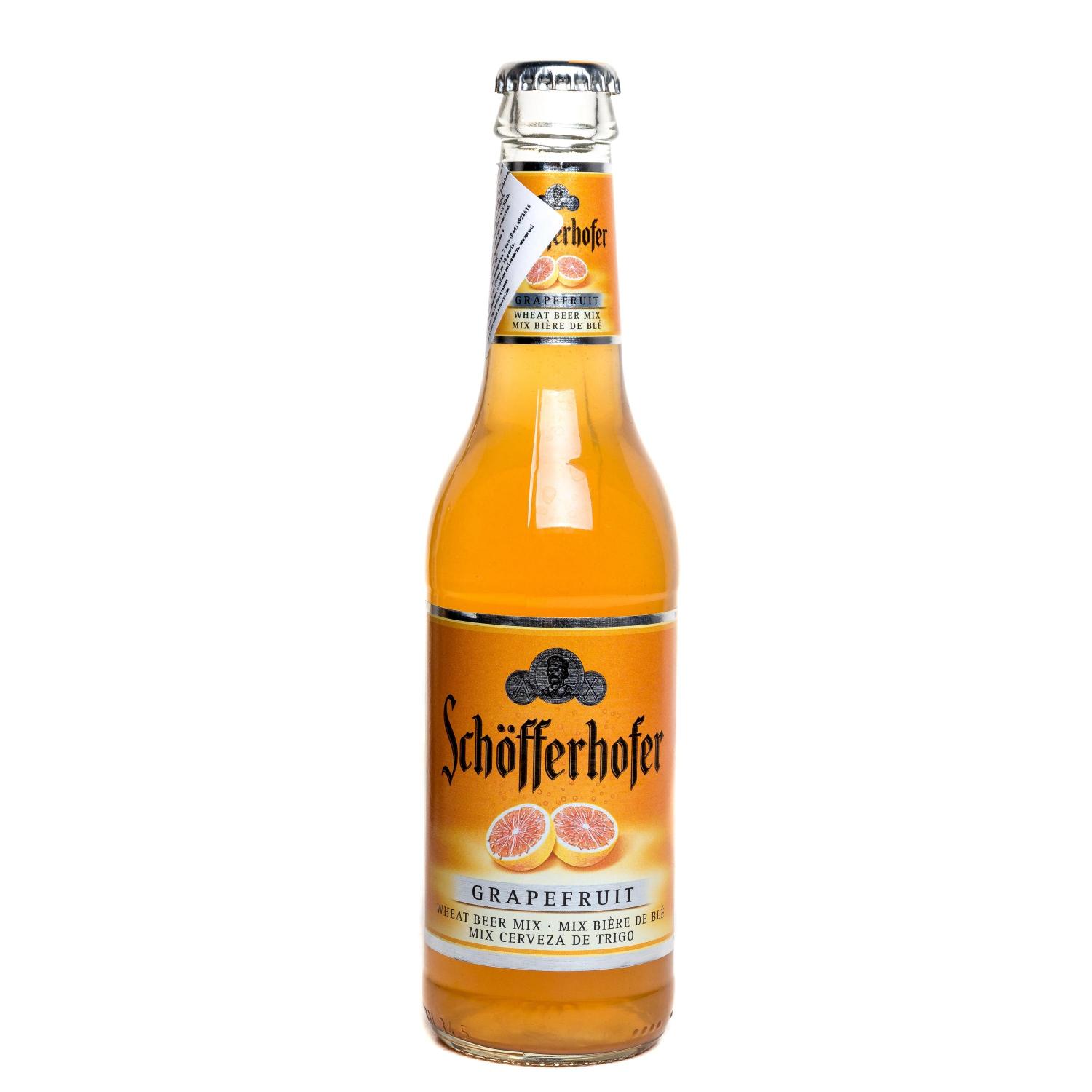


Instead of using citrus-flavored soda, make another beloved German beer drink: Cola-Bier! Simply add cola to beer in a 50/50 or 75/50 beer to soda ratio.If you want to add a garnish, add a slice or wedge of fresh citrus.Experiment with creating your own version by trying different types of beer with different soda or fresh juice flavors.combine orange juice, lime juice or lemon juice and club soda.make a fresh grapefruit soda by combining fresh grapefruit juice and club soda.lemon soda, lime soda, lemon-lime soda, orange soda, blood orange soda, grapefruit soda (e.g.If you don’t have access to the typical “German lemonade” try: You can use a German beer or use your favorite craft beer.While you can certainly try using a dark beer, Radler aren’t usually made with them.If you’ve never made a Radler before, start with a light or pale German lager beer or a wheat beer.Use a light beer like a Helles Hefeweizen (light wheat beer), a light Pils or a light, crisp Lager.Slice of orange, lemon or grapefruit (optional garish).Lemon, lime, lemon-lime soda or grapefruit soda OR fruit juice + club soda.Light German beer (see below for options).Most bars, restaurants, and beer gardens in Germany will offer Radler. We’ve tried Stiegl Grapefruit Radler and Bitburger Radler so far (both grapefruit flavor, which seems to be the most popular Radler flavor in the US). Yes! In recent years I’ve seen more and more Radler options at grocery stores in the US. Commercial Shandys are also a bit higher in alcohol content.Ĭold! It’s best to chill both the beer and the soda before mixing and serving your Radler. Shandy is of British origin and comes in different flavors and use ingredients like ginger ale. While similar, a Radler is not simply a German shandy. You can join in the celebration of Radler Day by taking a bike ride and drinking a Radler on June 22 – National Radler Day! Many Germans (and now people all over the world) love drinking Radler in the summer because it’s the perfect refreshing summer beverage but it’s actually enjoyed all year round. He mixed beer with sparkling lemon soda and the rest was history. Supposedly it was created in the 1920s when a German innkeeper and pub owner didn’t have enough beer to serve the overwhelming number of cyclists that had arrived one summer. Many bars and restaurants in Germany will create their own take on Radler…sometimes with 50% beer, sometimes 75%, sometimes somewhere in-between.Īsk anyone in Germany and they’re likely to tell you that it’s called a Radler because “radeln” means to cycle in German…so it’s a beer drink you can enjoy while still being able to cycle home after drinking! To be considered a Radler, the drink must be at least 50% beer. The best way to decide for yourself is to give this simple Radler beer recipe a try and see which is yours! ❓FAQĪ traditional Radler is mix of beer and German “Limonade,” which is the term for any fizzy, non-alcoholic, fruit-flavored soda (so it’s not the same as the “lemonade” you find in the US). Lemon Radler, Orange Radler, Grapefruit Radler, Lime Radler, and Lemon-lime Radler) and everyone has their favorite. There are a few different kinds of Radler you can make (e.g. This Radler recipe is perfect for those times when you want a beer but also want to consume less less alcohol.īecause Radler is made by combining equal parts beer and sparkling German “Limonade” (which isn’t like American “lemonade” – more on that in a bit) it’s a sweeter beverage compared to straight beer.Ĭonsequently, some beer drinkers find that they enjoy a refreshing Radler, while others give it a taste and decide to stick with their favorite savory brew. Not only is it a classic German beverage, it’s the perfect refreshing drink on hot days. Well…I’m now one of those “old people” and very much enjoy a good Radler!

I’ve been a fan of German beer ever since.Įarly on, I was introduced to the traditional German Radler (or Alsterwasser, since I was living in the North at that time) – a mix of half beer and lemon soda that’s delightfully fizzy and only lightly alcoholic.īut because I was a teenager at the time and only saw older adults drink it, I declared it a drink for “old people” and stuck with my favorite Hefeweizen or Pils. When I moved to Germany many years ago, I quickly learned to enjoy the taste of beer.


 0 kommentar(er)
0 kommentar(er)
